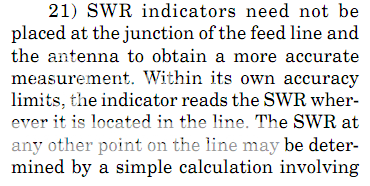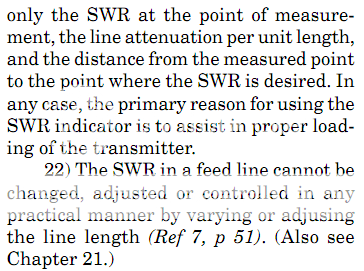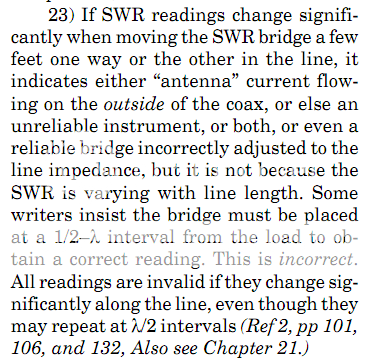You should have tried cutting to an exact multiple of 1/2 wavelengths so it would repeat the load impedance at the TX end. Any impedance coax can be used that way but it tends to narrow the bandwidth a bit. Hams have used 75 ohm CATV trunk line like that for years in order to obtain a good match with low loss on VHF/UHF. Of course that would have meant a lot of cut and try unless you used an analyzer. Better off to have bought the new cable.
but at least it could have been a work around if in a crisis.
but at least it could have been a work around if in a crisis.



